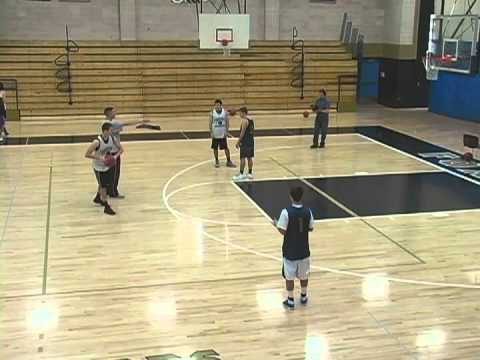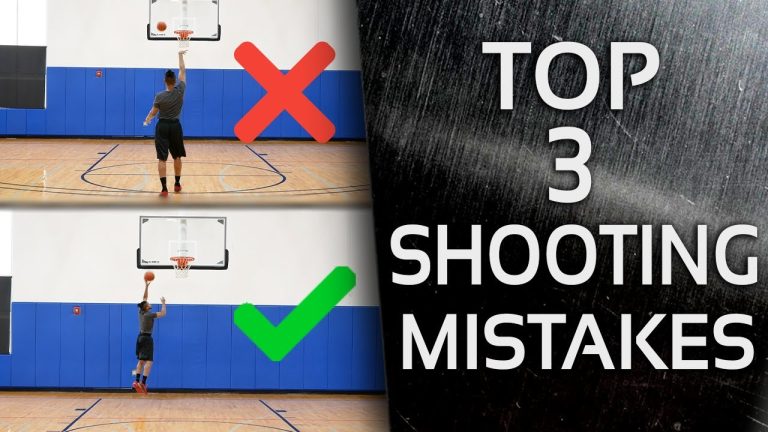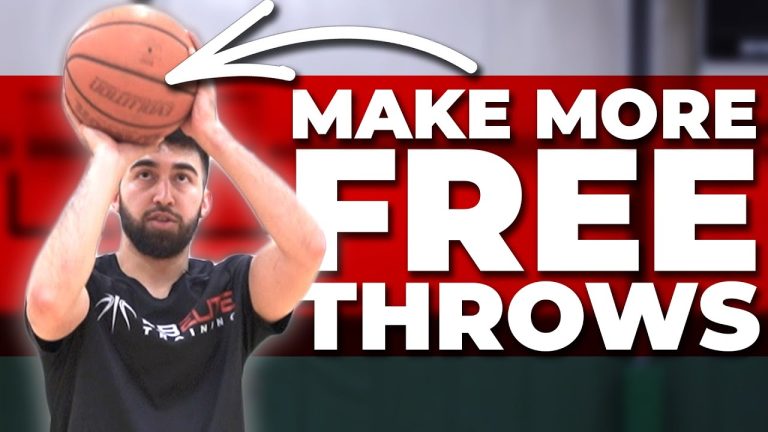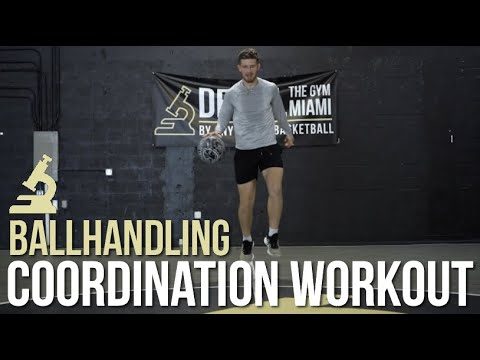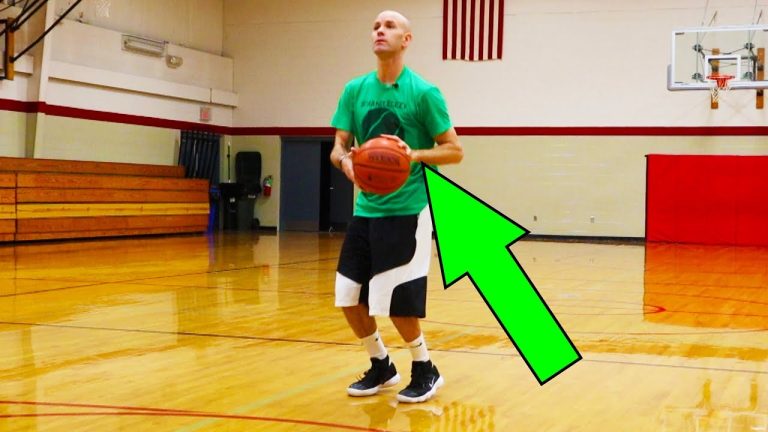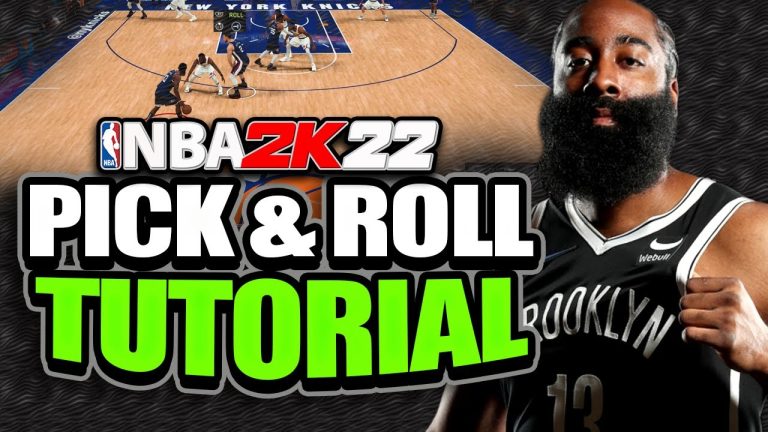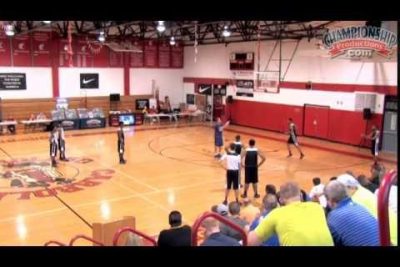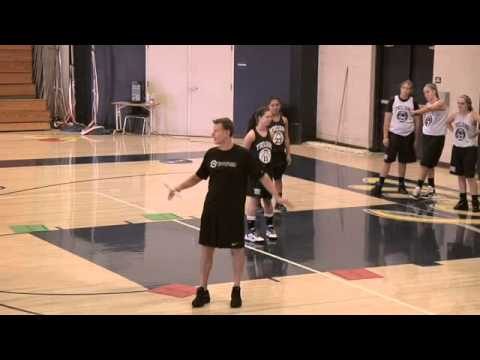When it comes to basketball, two crucial elements can make or break a team’s success: rebounding and defensive recovery. These skills not only display a team’s ability to dominate the boards, but also their determination to prevent opponents from scoring easy points. In this article, we delve into the importance of rebounding and defensive recovery, exploring the techniques and strategies that can help teams excel in these areas. Whether you’re a coach looking to enhance your team’s performance or a player seeking to elevate your game, this article provides valuable insights to take your skills to the next level.
Can a defensive rebound be considered as a rebound?
Yes, a defensive rebound does count as a rebound. In basketball, a rebound refers to the act of gaining possession of the ball after a missed shot. It can be obtained by either an offensive player or a defensive player. Defensive rebounds occur when the defending team retrieves the ball after an unsuccessful attempt by the opponent. These rebounds are crucial as they allow the defensive team to regain control and initiate a new offensive play.
Rebounds play a vital role in the dynamics of basketball. They provide teams with additional opportunities to score or prevent the opponent from scoring. Offensive rebounds occur when the attacking team retrieves the ball after their own missed shot, extending their possession. Conversely, defensive rebounds enable the defending team to stop the opponent from scoring and gain control, ultimately transitioning into their own offense. Both offensive and defensive rebounds contribute to the overall rebound statistic, highlighting the importance of this aspect in the game.
Understanding the distinction between offensive and defensive rebounds helps to analyze a player or team’s performance. Defensive rebounds showcase a player’s ability to secure the ball, preventing the opponent from obtaining a second chance to score. For teams, a high number of defensive rebounds reflects their effectiveness in defensive play, limiting the opponent’s scoring opportunities. By tallying both offensive and defensive rebounds, basketball enthusiasts can gain deeper insights into a player’s contribution and a team’s overall rebounding prowess.
What is counted as a rebound?
Recovering a block can indeed count as a rebound, but it ultimately depends on the circumstances. When a blocked shot remains inbounds and is successfully recovered by the defending team, it is considered both a block and a rebound. However, there are instances, such as the impressive block steals demonstrated by players like Hassan Whiteside on YouTube, where the defensive player forcefully snatches the ball away from the offensive player during a shot attempt. In these cases, the play is officially recorded as a block and a steal, highlighting the remarkable defensive prowess on display.
In the world of basketball, the line between a block and a rebound can blur. A block that is retrieved by the defending team is typically counted as both a block and a rebound. Nevertheless, certain exceptional plays, like the jaw-dropping block steals showcased by players such as Hassan Whiteside on YouTube, challenge this distinction. These awe-inspiring defensive maneuvers involve forcefully snatching the ball away from the offensive player mid-shot, resulting in a play being recorded as a block and a steal. These captivating displays of defensive skill showcase the ability to disrupt the opponent’s scoring attempts while simultaneously securing possession, leaving spectators in awe of the defensive brilliance on display.
How do I enhance my defensive rebound?
If you want to enhance your defensive rebounding skills, one crucial tip is to maintain visual awareness of both the offensive player and the ball. By continuously tracking both elements, you gain an advantage as you can anticipate the trajectory of the basketball when it is released by the shooter. This proactive approach allows you to react swiftly, positioning yourself in the optimal spot to secure the rebound once the ball hits the rim. Consistent eye contact with the ball throughout the entire shot process enhances your ability to time your jump accurately and grab the rebound effectively.
To improve your defensive rebounding, it is imperative to focus on the fundamentals and one key aspect is keeping a watchful eye on both the offensive player and the ball. This dual visual awareness provides a head start in anticipating the flight of the basketball as it leaves the shooter’s hands. By maintaining eye contact with the ball from the moment it is released until it reaches the rim, you can strategically position yourself for a successful rebound. This proactive approach enables you to react promptly, making it easier to outmaneuver your opponent and secure the ball, ultimately strengthening your defensive presence on the court.
Unleash Your Defensive Dominance: Master the Art of Rebounding
Unleash your defensive dominance and become a rebounding master on the court. With our expert tips and techniques, you’ll learn how to control the boards like a pro. From positioning yourself strategically to anticipating the trajectory of the ball, we’ll guide you through every aspect of rebounding. Gain the upper hand against your opponents and showcase your defensive prowess. Get ready to take your rebounding skills to new heights and make a lasting impact on the game.
Master the art of rebounding and watch your defensive dominance soar. With our comprehensive training program, you’ll develop the instincts and skills necessary to outmuscle your opponents for every missed shot. Learn how to box out effectively, time your jumps perfectly, and secure those crucial offensive rebounds. No longer will you be overshadowed by taller opponents – you’ll become a force to be reckoned with on the court. Unleash your full potential as a rebounder and leave your mark on the game.
Crash the Boards, Crush the Competition: The Winning Strategy of Defensive Recovery
Crash the Boards, Crush the Competition: The Winning Strategy of Defensive Recovery
In the world of sports, a strong defense is often the key to victory. Nowhere is this more evident than in basketball, where the art of defensive recovery can make or break a team’s chances of winning. The ability to crash the boards and retrieve missed shots not only denies the opposition valuable scoring opportunities but also provides a much-needed offensive advantage. By mastering the art of defensive recovery, teams can effectively shut down their opponents and secure a path to victory.
Defensive recovery starts with a relentless pursuit of rebounds. The moment a shot is taken, players must position themselves strategically to secure the ball if it misses the mark. This requires anticipation, quickness, and a strong desire to outmuscle opponents. By crashing the boards with intensity, teams can create second-chance opportunities for themselves while denying the opposing team any chance of capitalizing on missed shots. This aggressive approach not only demoralizes the competition but also injects a sense of urgency and momentum into the game.
However, defensive recovery is not just about grabbing rebounds; it also involves disrupting the opponent’s offensive flow. By aggressively contesting shots and challenging every possession, teams can force their opponents into making rushed decisions. This defensive pressure can lead to turnovers, fast-break opportunities, and ultimately, a significant advantage on the scoreboard. The key is to maintain a constant defensive presence and never allow the opposition to settle into a comfortable rhythm. By doing so, teams can control the pace of the game and dictate the outcome in their favor.
In conclusion, the winning strategy of defensive recovery lies in the ability to crash the boards and crush the competition. By relentlessly pursuing rebounds, denying second-chance opportunities, and disrupting the opponent’s offensive flow, teams can establish themselves as a force to be reckoned with. This strategy not only provides a defensive stronghold but also injects a powerful offensive advantage. So, lace up your sneakers, sharpen your defensive skills, and get ready to crash the boards – victory awaits those who master the art of defensive recovery.
The Ultimate Defensive Playbook: Mastering Rebounding for a Winning Game Plan
Paragraph 1:
In the world of basketball, mastering rebounding is the key to a winning game plan. Rebounding is not just about grabbing the ball off the rim; it’s about outworking your opponent, positioning yourself strategically, and relentlessly pursuing the ball. By honing your rebounding skills, you can create second-chance opportunities for your team and prevent your opponents from capitalizing on offensive rebounds. With the ultimate defensive playbook in hand, you will become a force to be reckoned with on the court.
Paragraph 2:
To master rebounding, it is essential to focus on technique and timing. Box out your opponents, establish a strong base, and explode off the ground to secure the ball. Anticipate where the ball will fall and position yourself accordingly. By mastering these fundamental skills, you will be able to dominate the boards and control the flow of the game. With every rebound you grab, you not only gain possession but also demoralize your opponents and ignite your team’s momentum.
Paragraph 3:
Rebounding is not just an individual effort; it requires communication and teamwork. As a team, establish clear roles and responsibilities for each player on the court. Work together to create opportunities for rebounds by setting screens, boxing out, and crashing the boards as a unit. By developing a cohesive rebounding strategy, your team will become a formidable force, leaving opponents scrambling to find a way to counter your dominance. With the ultimate defensive playbook in hand, you can take your team’s rebounding game to the next level and secure victory after victory.
Incorporating a tenacious defensive mindset and a relentless pursuit of rebounds, teams can significantly enhance their chances of success on the court. By combining these two critical elements, players can not only limit their opponents’ scoring opportunities but also generate additional possessions for their own team. The art of rebounding and defensive recovery is a game-changer, allowing teams to seize control of the game and dictate the tempo to their advantage. It is through these essential skills that teams can solidify their position as dominant forces on the court and ultimately emerge victorious.

